New 2013 Skoda Octavia review, test drive
The new Skoda Octavia is bigger and better than before, and we're keen to see if it can go on to be as popular.
Published on Sep 06, 2013 03:51:00 PM
1,50,302 Views
Follow us on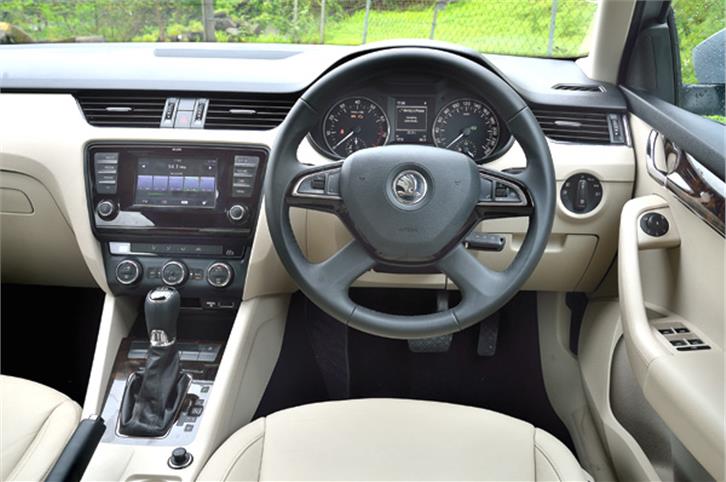

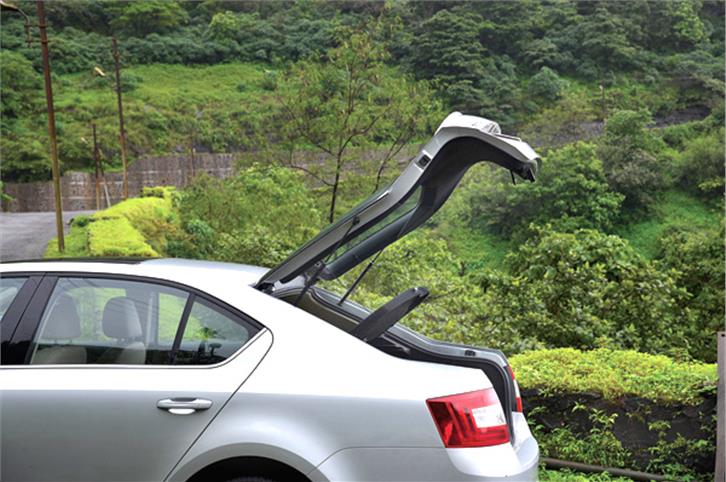
The first thing your eyes are drawn to are the 16-inch wheels, which are the same size as the Laura’s but look a bit undersized now that the car is substantially bigger.
The new Skoda Octavia begs for, at the least, a one-inch upgrade to 17-inch wheels, especially since the increased ground clearance is evident in the car’s tall stance. That said, the Octavia remains an understated and well proportioned if a bit tame design. Its clean-cut looks will certainly appeal to a lot of people and the bold, clean strokes help give it a stance that is difficult to fault. Skoda’s new ‘butterfly’ grille, chiselled headlamps andsquare jaw are really attractive and the detailing on the remainder of the car is minimal and almost Audi-like in its exclusion of unnecessary elements. There is, of course, the now standard VW group offering of LED-based daytime running lights though, which look fantastic. If anything, the rear of the car is a bit too bland and looks a lot like the cheaper Rapid’s rump, with identical slashes around the number plate area and similar C-shaped tail-lamps. As for telling the petrol and diesel apart, the petrol gets a tiny lip spoiler on the boot lid, and though our test car didn’t have it, the diesel gets TDI badging.
The new Octavia’s enlarged dimensions clearly place it at the upper end of the executive car segment. It is longer and wider than the outgoing Laura, but crucially, the wheelbase is a massive 110mm longer, translating to a dramatic enhancement of rear legroom. Despite the jump up in size, Skoda’s new Octavia weighs 70kg less than a similarly specced Laura and is substantially lighter than the Jetta, pointing to the tech – lots of high-tensile steel and lighter components to name some – that has gone into making the new chassis as light as possible. Not that you would be able to tell though – the door shut and build quality are still as solid as you would expect of a Skoda.
Interestingly, the diesel and petrol have different suspension, and we’re not talking about mere settings here. The petrol comes with an all-independent, multi-link setup borrowed from the European vRS, while the diesel gets a more cost-effective non-independent torsion-beam axle at the rear. The rest of the specs are the same – both get electrically assisted steering and disc brakes at all four corners, and the diesel weighs 19kg more than the petrol’s 1,376kg.
Copyright (c) Autocar India. All rights reserved.

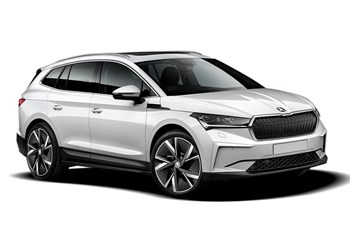
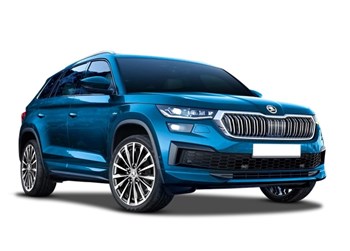

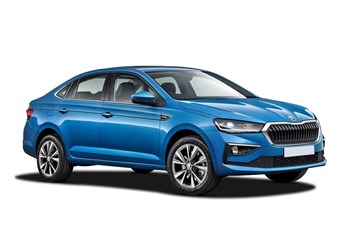
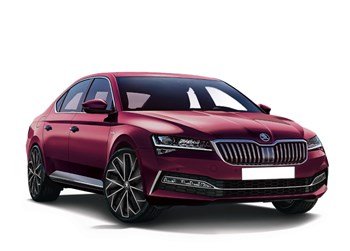



Comments
Member Login
Personal Details
No comments yet. Be the first to comment.